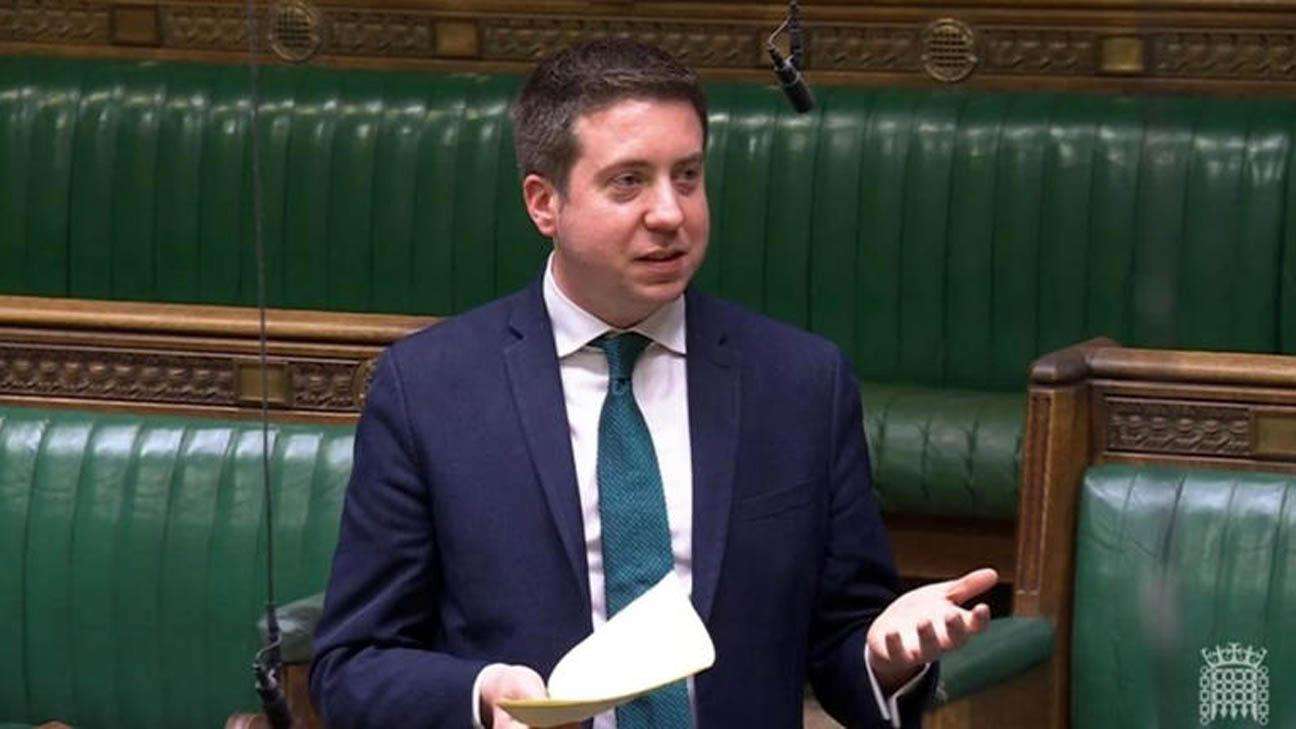A nationwide air traffic control outage plunged UK airports into turmoil on Wednesday, with officials warning that travel disruptions could continue for several days.
The technical fault temporarily halted and diverted flights before engineers managed to restore operations, according to the National Air Traffic Service (NATS). While the outage lasted only around 20 minutes, the after-effects have been significant due to aircraft and crew being left out of position.
Though NATS confirmed its systems are now fully functional, airports warned that delays and cancellations would take time to resolve. Transport Secretary Heidi Alexander advised travellers to check directly with airports, noting that "continued disruption is expected."
On Thursday morning, Heathrow Airport reported 10 flight cancellations, highlighting the lingering effects of the incident.
Criticism quickly mounted over the reliability of the NATS system, which has experienced multiple technical failures since its 2002 launch. A major glitch in August 2023 forced flight plans to be processed manually, resulting in widespread delays and cancellations that affected approximately 700,000 passengers.
Budget airline Ryanair called for NATS CEO Martin Rolfe to resign, accusing him of repeated failures. COO Neal McMahon labelled the disruption "outrageous," saying it was unacceptable for travellers to endure yet another system breakdown.
“Yet another ATC system failure has resulted in the closure of UK airspace, disrupting thousands of passengers' plans,” McMahon said. “No lessons have been learned since August 2023, and Martin Rolfe’s incompetence continues to cost passengers.”
easyJet COO David Morgan also voiced his disappointment, emphasizing the need for NATS to explain what steps are being taken to prevent future failures. “Our main concern today is supporting our customers,” he said, “but we expect NATS to take accountability.”
The glitch occurred at NATS’ Swanwick control centre in southwest England and was linked to radar systems. As a safety measure, the agency reduced air traffic volume. Over 150 flights were cancelled and many more delayed or grounded.
Roughly 20 minutes after the alert, NATS engineers had resolved the issue and began restoring normal operations. However, airports like Gatwick and Stansted reported continued delays and urged passengers to check with their respective airlines.
British Airways said the incident forced it to cut flight operations from 45 to 32 per hour for more than two hours.
Passengers expressed frustration at the lack of communication. John Carr, who was flying to Norway for his brother’s wedding—where he was to be best man—said his flight was cancelled with no prior notice.
“We were just having lunch at Heathrow when we saw the flight was cancelled on the departures screen,” he said. “I’m absolutely gutted. There was no warning from the airport or the airline. It’s rubbish. Nothing we can do.”



_2.jpg)
_3.jpg)



.svg)


